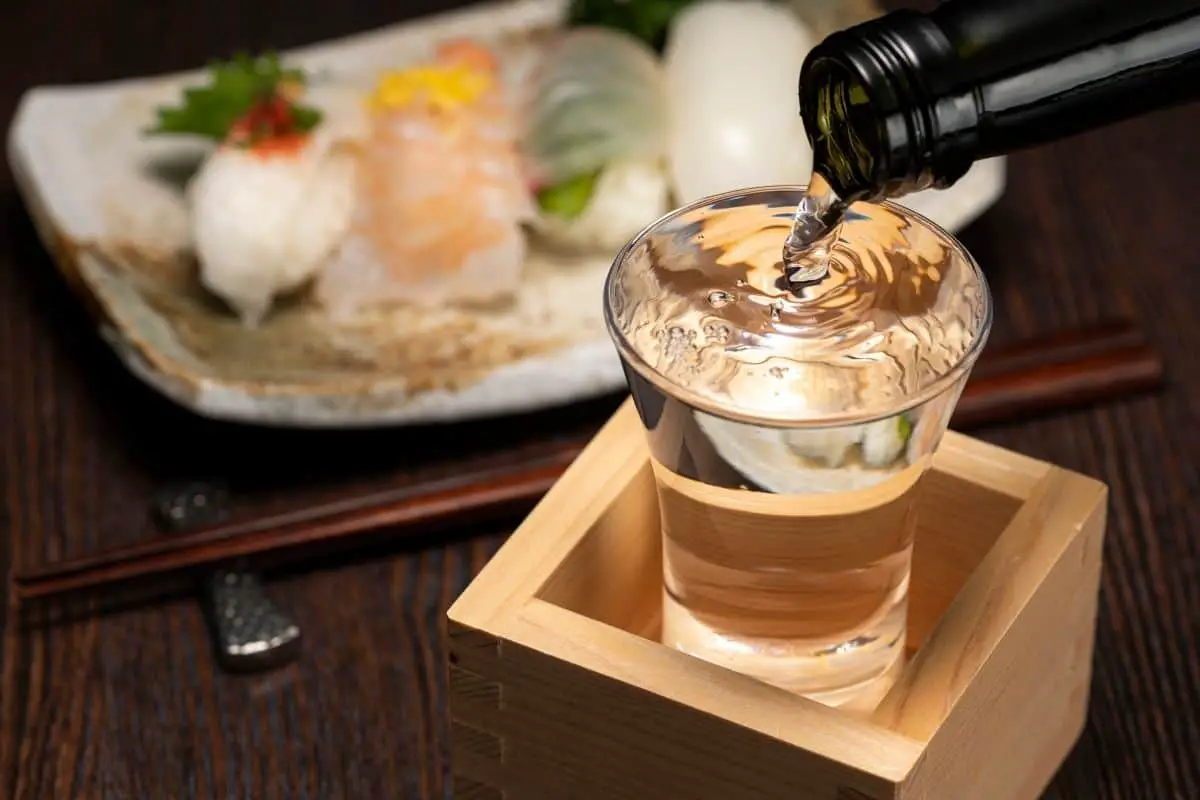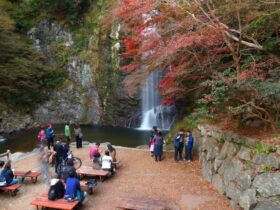Sake, popularly known as Japanese rice wine, is an alcoholic drink produced from rice that has been polished to remove the bran and fermented.
Rice wine is how most people define sake. It is, however, it’s closely related to beer making and technically not a wine. Beer is an alcoholic beverage created by turning a grain’s carbohydrates into sugar and thereafter fermenting it into alcohol. sake is made using this same process.
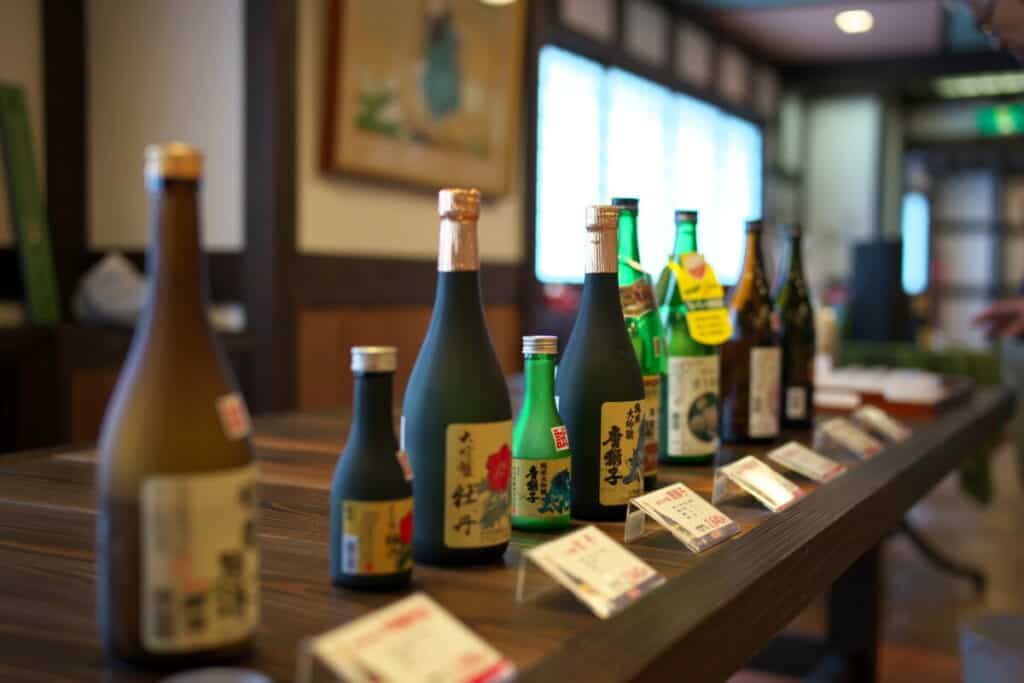
The production method for Sake is distinctive from that of beer, in which the transformation through starch to sugar and then from sugar to alcohol takes place in two phases. When sake is made, these transformations happen at the same time as they do with other rice spirits.
The alcohol level of sake, wine, and beer fluctuate; most beers have 3–9% alcohol, wine has 9–16%, and undiluted sake averages 18–20 % (Brewerys lower to about 15 % by diluting with water prior to bottling).
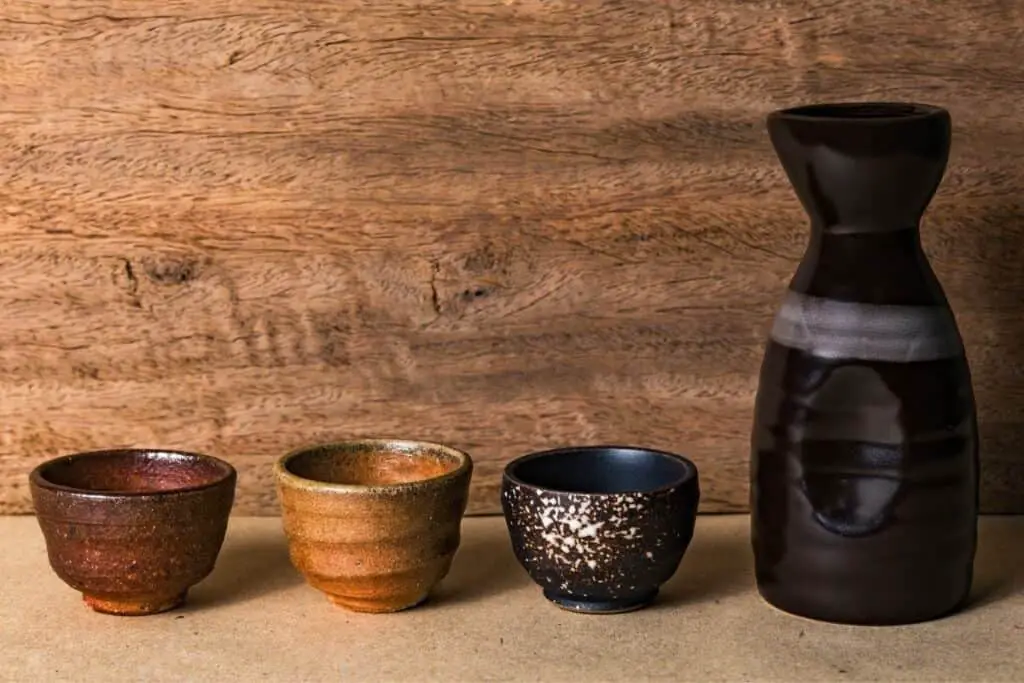
Sake is frequently served warmed in small stoneware or ceramic bottles and drank from a small porcelain cup known as a sakazuki. Sake, like wine, has a wide range of suggested serving temperatures. Often the best Sake is served chilled.
For a long time, sake production was controlled by the government, but in the 10th century, temples and shrines began to brew sake, where they became the primary production hubs for the subsequent 500 years.
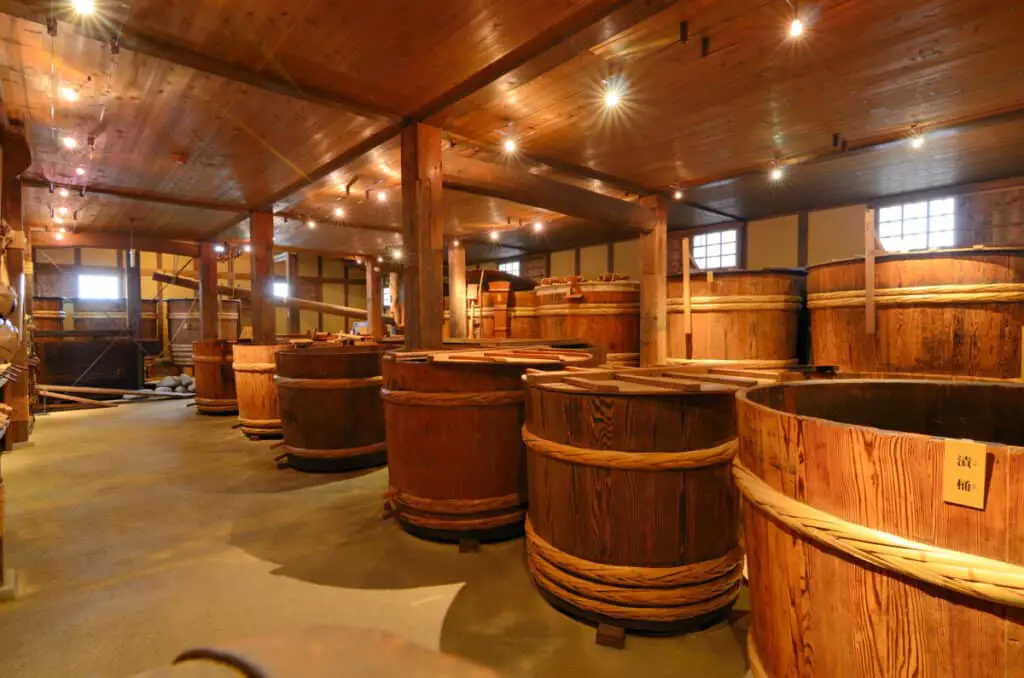
During the Meiji Restoration, legislation was adopted allowing anybody with the financial means and know-how to build and manage their own sake brewery. Within a year, 30,000 breweries were started across Japan.
Subsequently, the government imposed more taxes on the sake trade, reducing the number of brewers to 8,000.
Breweries that thrived over time were founded by successful rice farms and landowners. Rice-growing farmers would often have excess rice at the end of the growing season. They utilized the excess rice in their personal breweries. The most prosperous of these Sake brewers are still functioning today.
Gekkeikan Okura Sake Museum Official Site 247 Minamihama-cho, Fushimi-ku, Kyoto City 612-8660
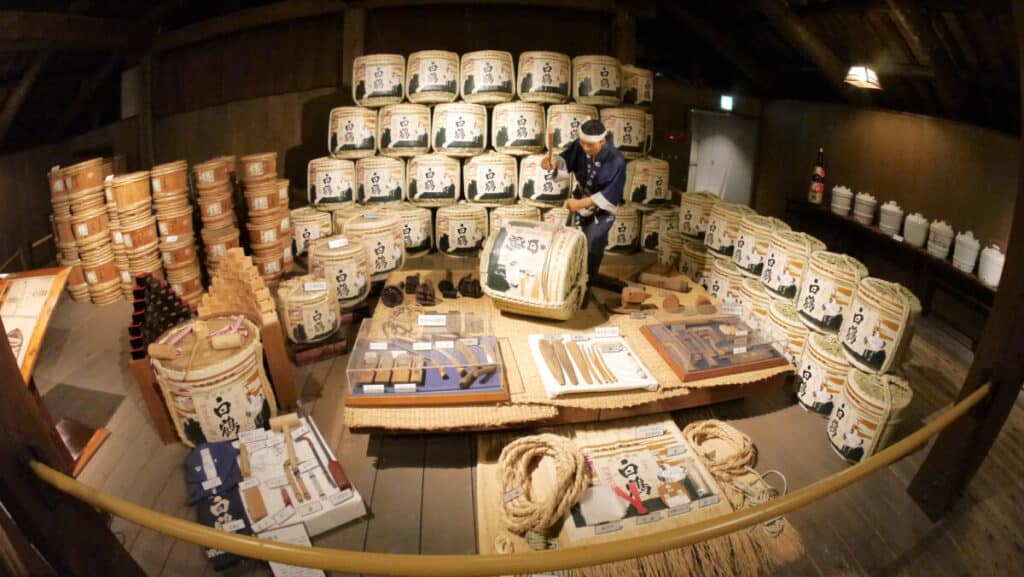
Sudo Honke is Japan’s oldest sake brewery, established in 1141 by the same family.
Official Website of Japans oldest sake brewery SUDO HONKE
In Japan, there are at least 80 different varieties of sake rice. Yamadanishiki, Gohyakumangoku, Miyamanishiki, and Omachi rice are among the most popular. The grain is bigger, stronger (tiny or weak grains can shatter during the polishing process), and has less protein and fat than common rice.
Sake rice is solely used for creating sake since some people find it unfit to consume.
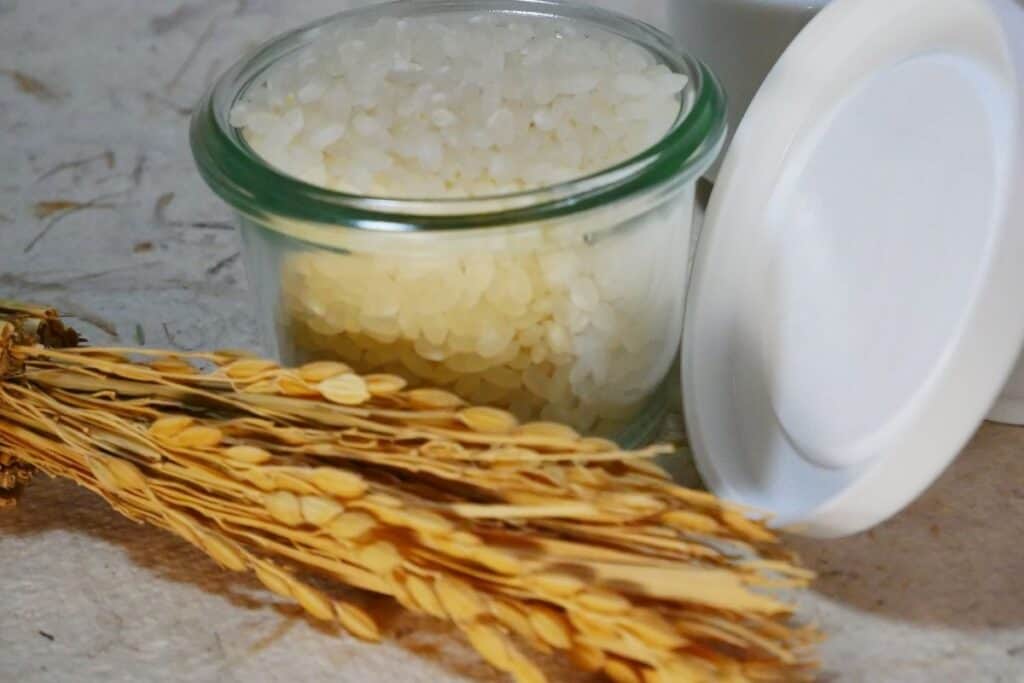
Sake rice is often polished to a considerably greater degree than ordinary rice. The purpose for polishing is because of the rice grain’s composition and structure. Starch is abundant in the rice grain’s center, whereas lipids, vitamins, and proteins are concentrated in the grain’s outer layers.
The outer layers of the sake rice grain are ground away in a polishing method, leaving just the starchy component of the grain, some sake brewers remove over 60 percent of the outer rice grain in the polishing process.
The Nada-Gogo in Hyogo Prefecture was the first location to be renowned for its perfect sake water. Miyamizu, a specific water source, was discovered to create high-quality sake, attracting numerous brewers to the location. Hyogo now has the highest number of sake brewers of any prefecture.
HYOGO PREFECTURE BREWERIES OFFICIAL SITE
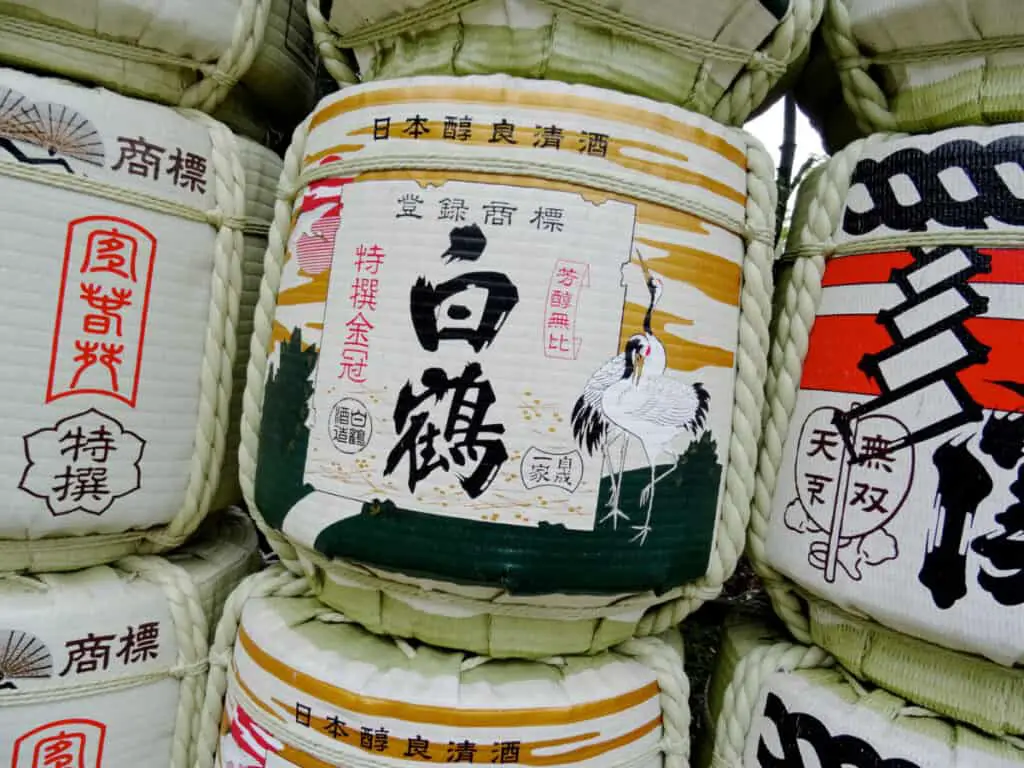
To make Sake, spores of koji-kin are spread over the rice during sake brewing (rice in which koji-kin spores are cultivated). The koji-kin spores germinate in warm, humid circumstances and produce enzymes called amylases, which transform rice starches into glucose.
This is the process of breaking down starch into simpler sugars. The glucose is subsequently fermented by yeast, which converts it to alcohol. Malting is used to transform starches from barley into maltose, which is the same procedure used in beer brewing.
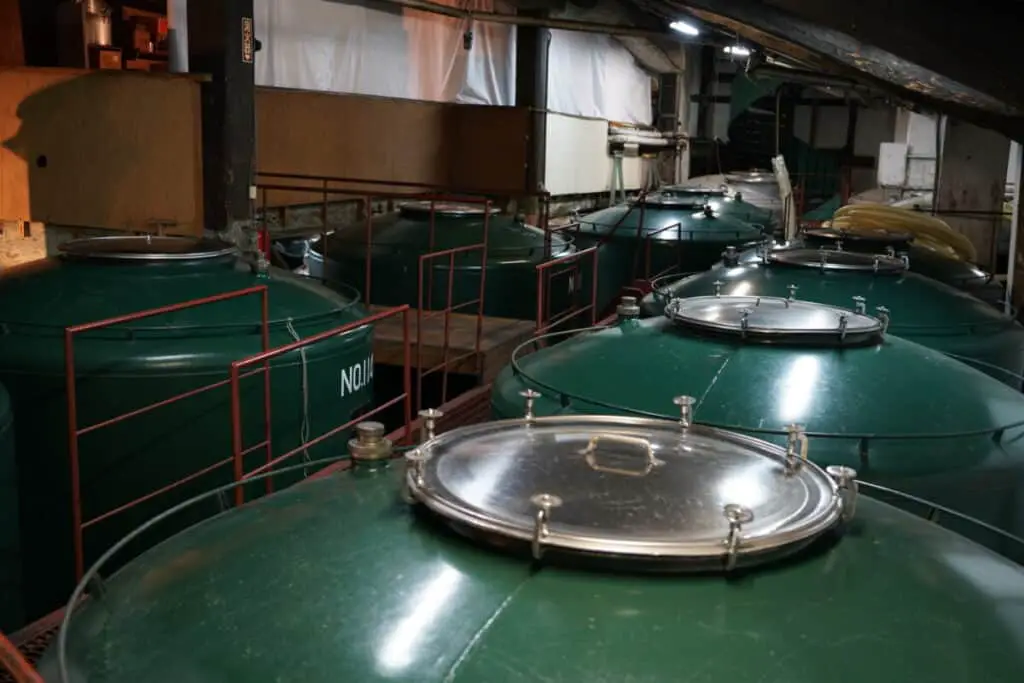
In beer brewing, however, fermentation happens after sugar conversion, but in sake brewing, sugar conversion and fermentation occur simultaneously.
Sandan shikomi is a three-step technique for making sake. The first step, known as hatsuzoe, is adding steamed rice, water, and koji-kin to a yeast starter known as shubo, which is made up of steamed rice, water, koji, and yeast.
The moromi is the name given to this combination (the main mash during sake fermentation). The shubo’s high yeast content helps in the fermentation of the moromi.
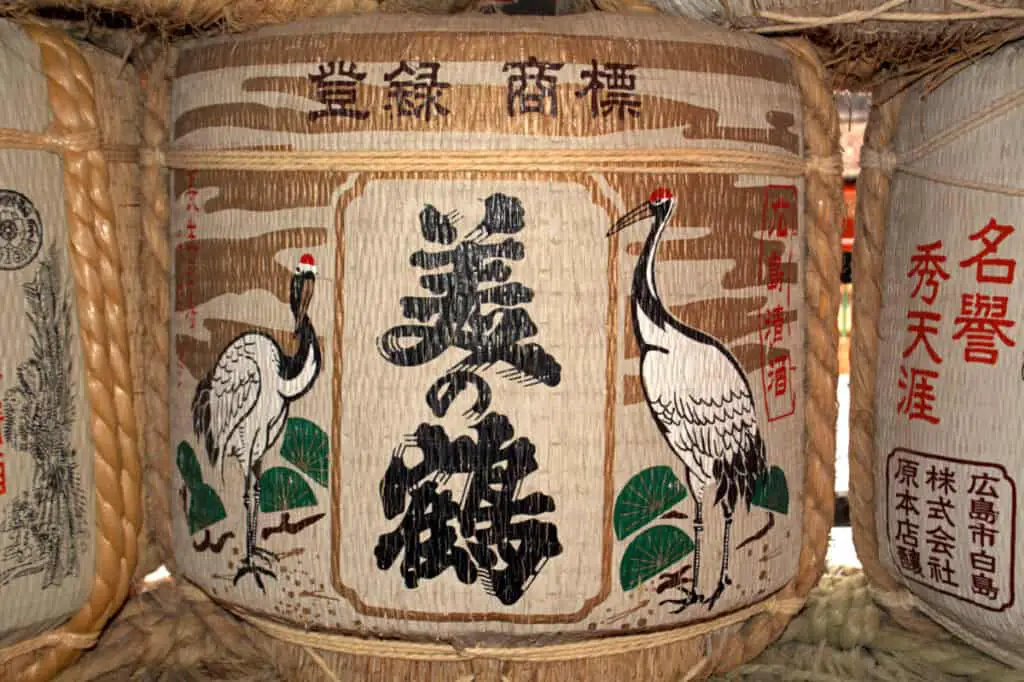
The mixture is let to sit for a day on the second day to allow the yeast to proliferate.
The second phase, nakazoe, includes adding a second round of koji, steamed rice, and water to the concoction on the third day of the process. The third phase of the fermentation process, called tomezoe, occurs on the fourth day of fermentation.
To finish the three-step procedure, the third and final round of koji, steamed rice, and water are added to the mixture.
Sake’s fermentation method is unique in that it involves multiple and simultaneous fermentations. The conversion of starch to glucose, followed by a subsequent conversion to alcohol, is known as multiple parallel fermentation.
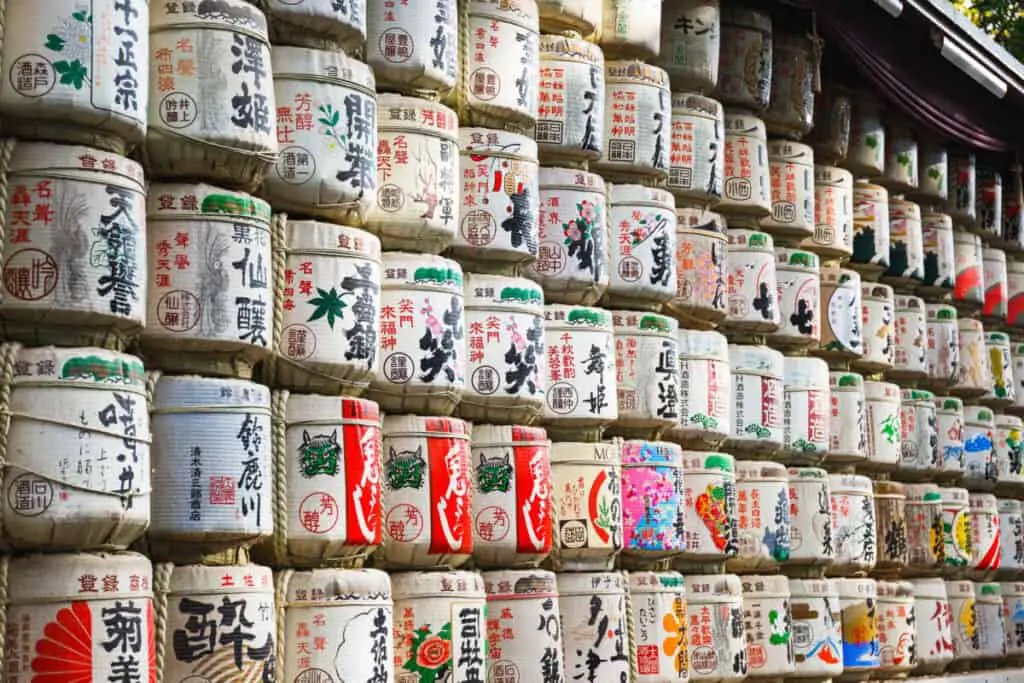
This procedure separates sake from other alcoholic beverages as with beer since it takes place in a single container, whereas in beer, starch to glucose transition and glucose to alcohol transformation take place in separate containers.
Sake can take anywhere from 60 to 90 days to make, with the fermentation alone taking two weeks.
Sake, like other brewed spirits, benefits from time in the container. It takes nine to twelve months for sake to develop.
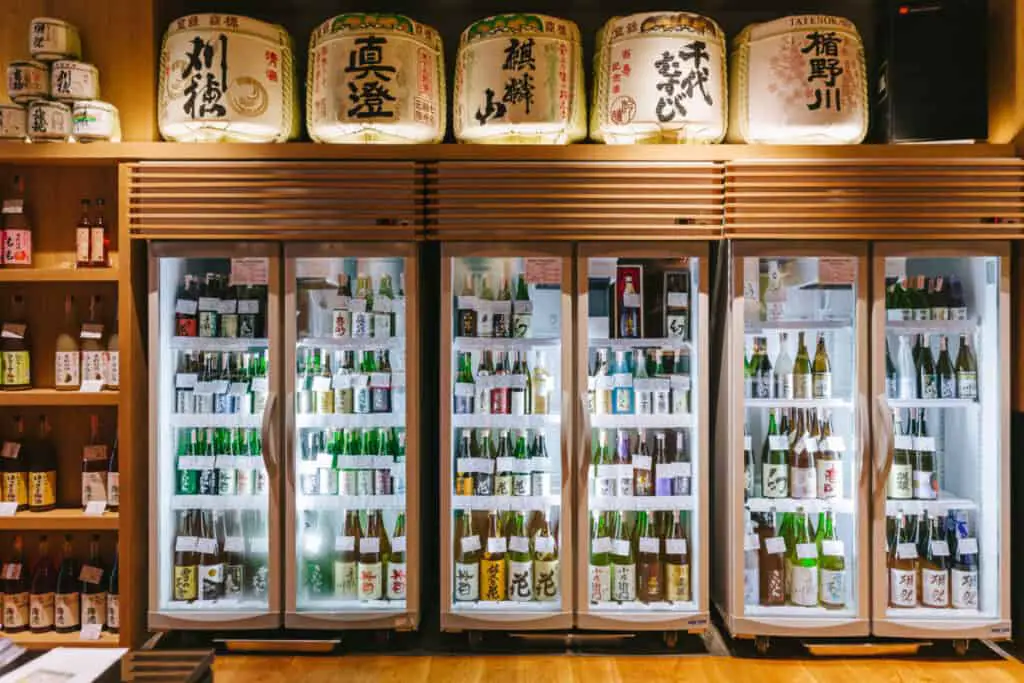
Sake Unique Types
Namazake
A sake that is not pasteurized is known as namazake. It must be stored in the refrigerator and has a shorter shelf life than pasteurized sake.
This is a slightly seasonal style that is gaining popularity, particularly outside of Japan. It is prized for its freshness and vibrant flavor and is offered all year, but it is most commonly released in the spring, following the brewing season.
Genshu
Sake in its purest form. After brewing, most sake is diluted with water to reduce the alcohol concentration from 18–20 percent to 14–16 percent, while genshu is not.
The body and fragrance of this sake are connected to the traits of genshu itself, it tends to be rich and strong in flavor and aroma. It used to be that you could only consume genshu in sake breweries in the prefecture where it was brewed.
Muroka
Muroka meaning “without filtration.” It refers to sake that has not been carbon filtered but has been pressed and removed from the lees, making it clear rather than hazy. Because carbon filtering may eliminate both good and undesirable tastes and smells, muroka sake has more flavor than filtered sake.
Muroka sake will have a light yellow hue, a rich fragrance, and a nuanced flavor due to the lack of carbon filtering. This sake has an umami flavor to it as well. Muroka sake has a unique place in the hearts of sake connoisseurs.
Nigorizake
Nigorizake is sake that is hazy or cloudy. To separate the sake from the mash, it is run through a loose screen. Following that, it is not filtered, and there is a lot of rice sediment in each bottle. The sake is shaken before serving to mix the sediments and render the sake milky colored or hazy.
Sweetest of all sakes, with a fruity aroma and mild flavor, making it an excellent drink to pair with spicy dishes or as a dessert wine. Before serving, the bottle is shaken to combine the sediment with the sake and acquire the entire spectrum of flavors as well as the sake’s unique appearance.
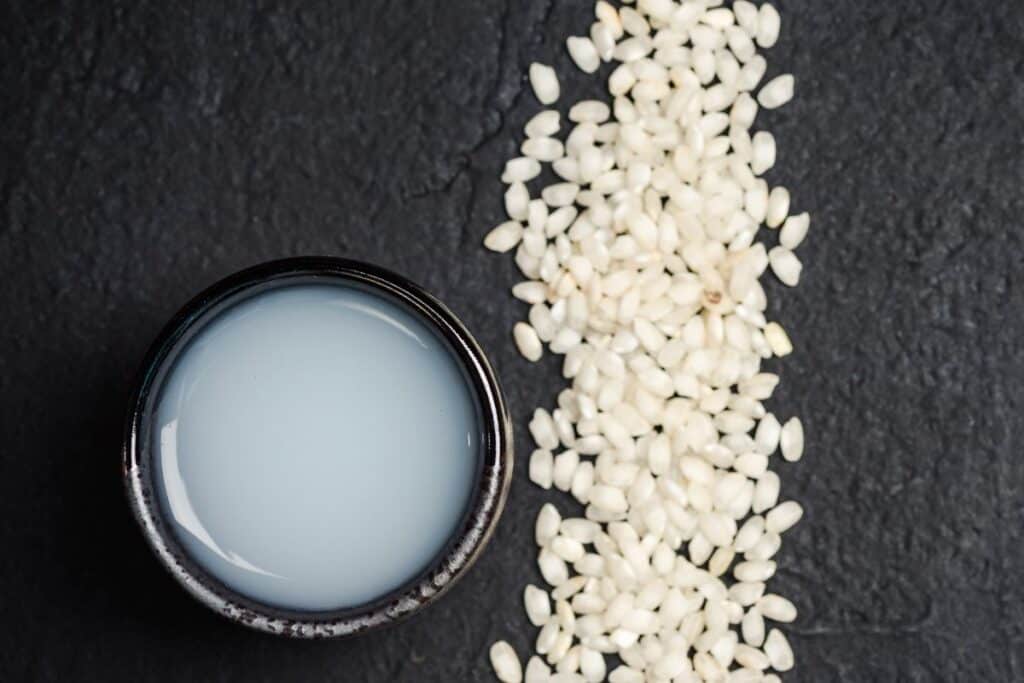
Seishu
The definition of this type of sake in Japan is ‘clear/clean sake,’ which refers to sake that has had the particles filtered out, leaving a clear Sake. Seishu sake you’ll get a mineral flavor with a hint of sweetness. A light and balanced sake that pairs well with a variety of foods, including fish and meat.
Koshu
Most sake doesn’t really age successfully, but this type may last for decades, becoming yellow and developing sweet honey-like taste.
“Koshu” refers to sake that has been aged. Most sake is kept for 6 months at a cold temperature before being released, while Koshu is often aged for over 3 years. It develops an amber hue with flavor characteristics that are softer, fuller, and more well-rounded.
Taruzake
Taruzake Is sake matured in barrels or bottled in wooden casks made of wood. Because the wood adds a robust flavor, this sort of sake is rarely made using superior sake.
The scent of the Japanese cedar wood of the vessel is transmitted to this sake, and this is largely responsible for its distinctive flavor and aroma. The barrels feature a spigot opening, and some restaurants and izakaya offer taru-zake straight from the cask.
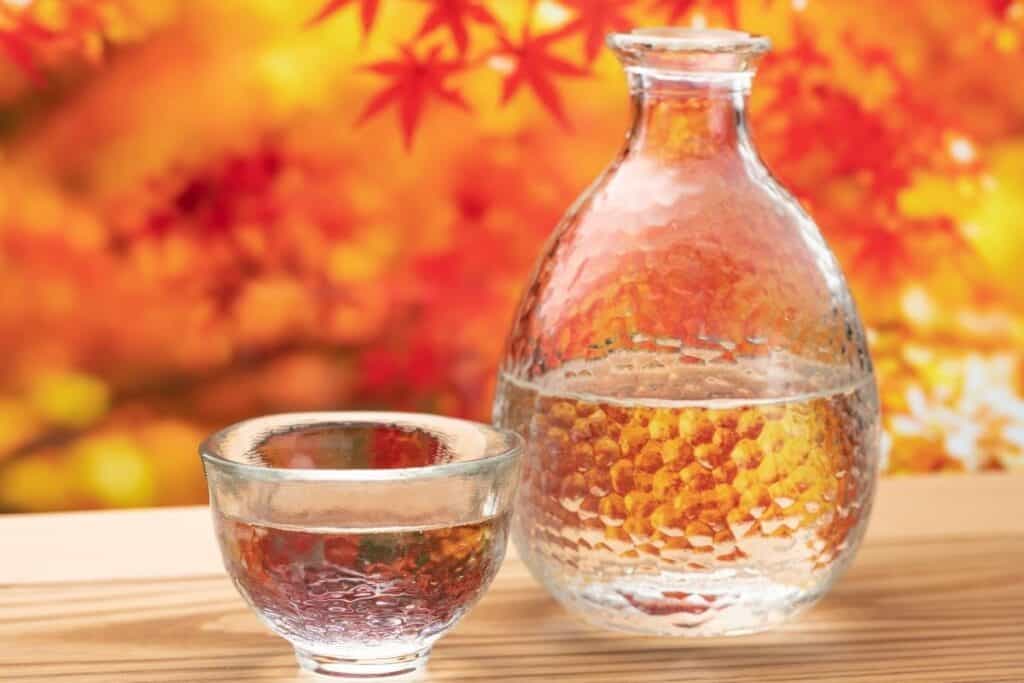
Shiboritate
Sake that has been delivered without the customary six-month aging time is known as “freshly pressed.” The end effect is generally a sake that is more acidic and “greener.” Shiboritate sake is robust and fruity, with some comparing it to white wines.
Fukurozuri
Hanging the mash in bags and allowing the liquid to fall out under its own weight is a method used to separate sake from the lees without using external pressure. Sake made this manner is known as shizukuzake, which means ‘drip sake.’
Tobingakoi
This sake is put into 18-liter bottles (tobin), with the brewer selecting the batch’s best sake for distribution.
The scent has hints of melon and a touch of light caramel, and the flavor is full-bodied and has intense sweetness. The aftertaste is long and persistent, with powerful umami flavors on the tongue.
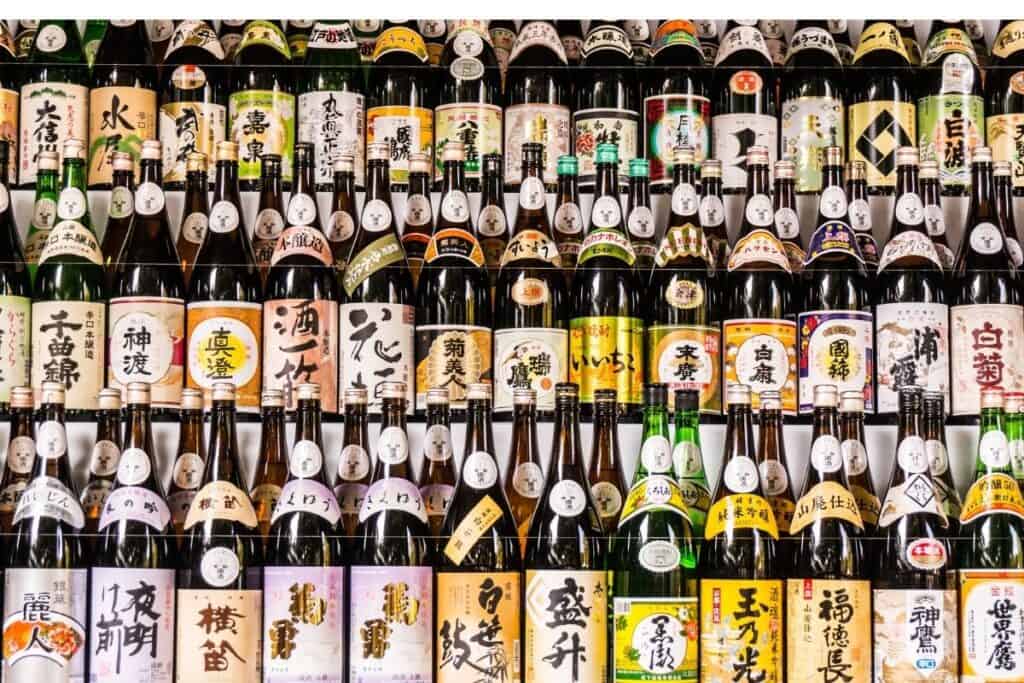
Warm Cold Or Room Temperature
Sake is served cold, at room temperature, or heated in Japan, depending on the drinker’s choice, the sake’s properties, and the season. Hot sake is typically a winter drink, and high-grade sake is rarely served hot since the tastes and fragrances are lost.
The majority of lower-quality sake is served hot as it is the customary manner of serving it and it frequently tastes better in general.
The Masu Box
The masu, a box formed of Japanese hinoki wood that was originally used for measuring rice, is another traditional cup. If the sake is cold or room temperature, it is served by filling the masu to the brim.
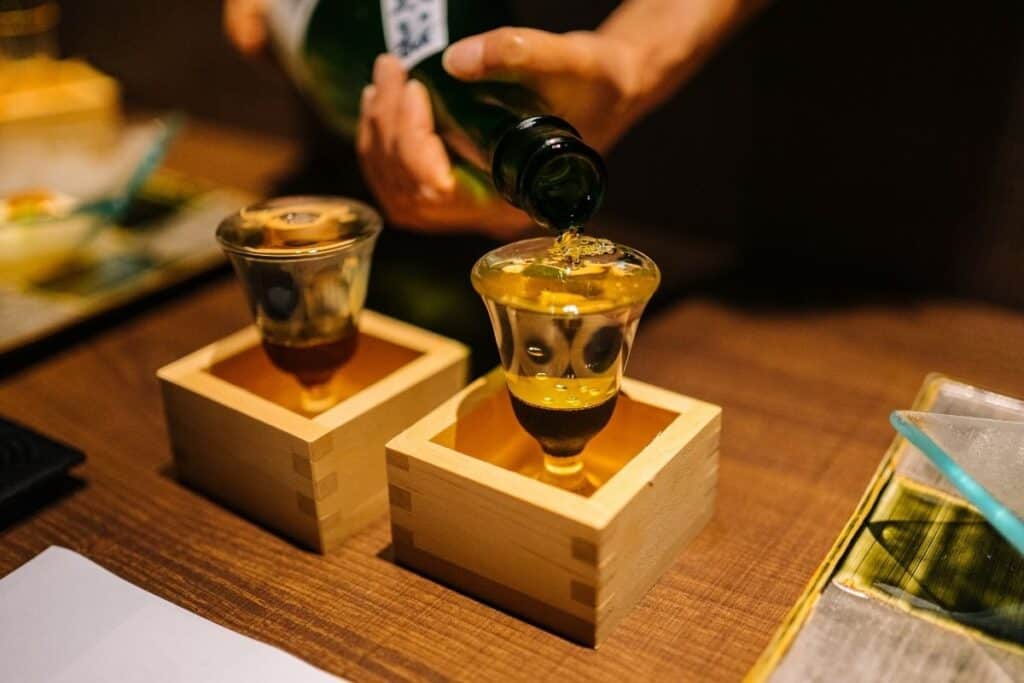
In certain Japanese restaurants, the waitress will place a glass inside the masu or place the masu on a saucer and pour until the sake overflows and fills both vessels as a gesture of generosity.
Sake was traditionally primarily brewed in the winter. While sake may now be made all year, it still has seasonality to it, especially premium sake. The sugitama, a globe of cedar leaves typically placed outside a brewery when new sake is made, is the most obvious sign of this.
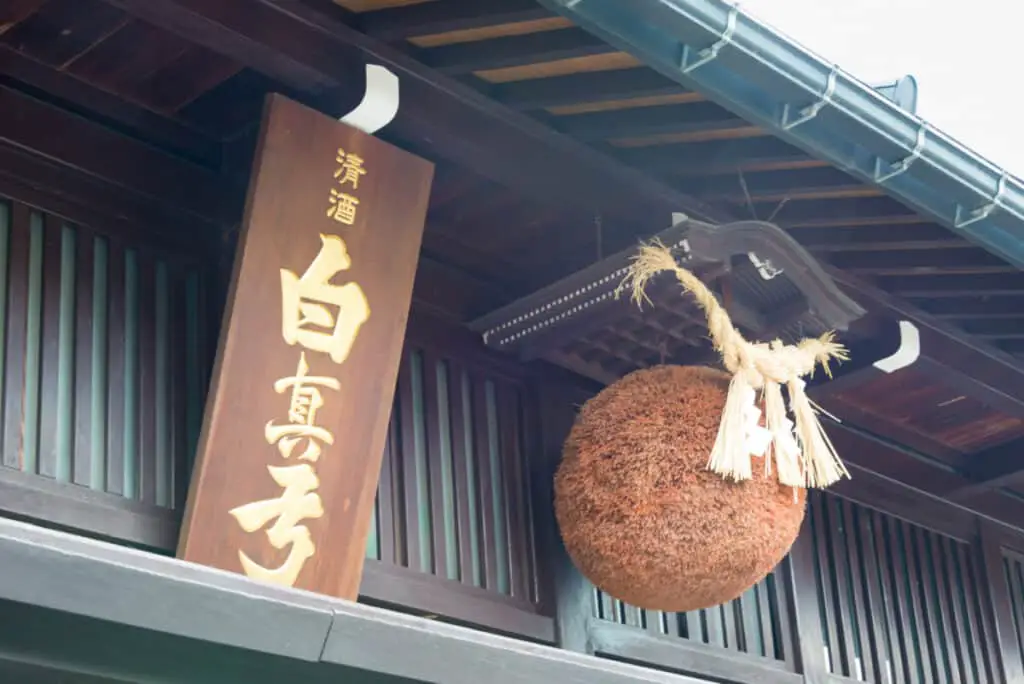
The sake’s maturity is reflected in the leaves, which start out green but eventually become brown. This is now hung outside numerous sake-serving establishments in Japan. Shinshu (‘new sake’) is the name given to the new year’s sake, and when it is first distributed in late winter or early spring, many sake breweries have a festival known as kurabiraki.
Sake was traditionally transported in the cold spring to avoid spoiling in the summer heat, with a second distribution in the fall, known as hiyaoroshi, once the temperature had cooled.

